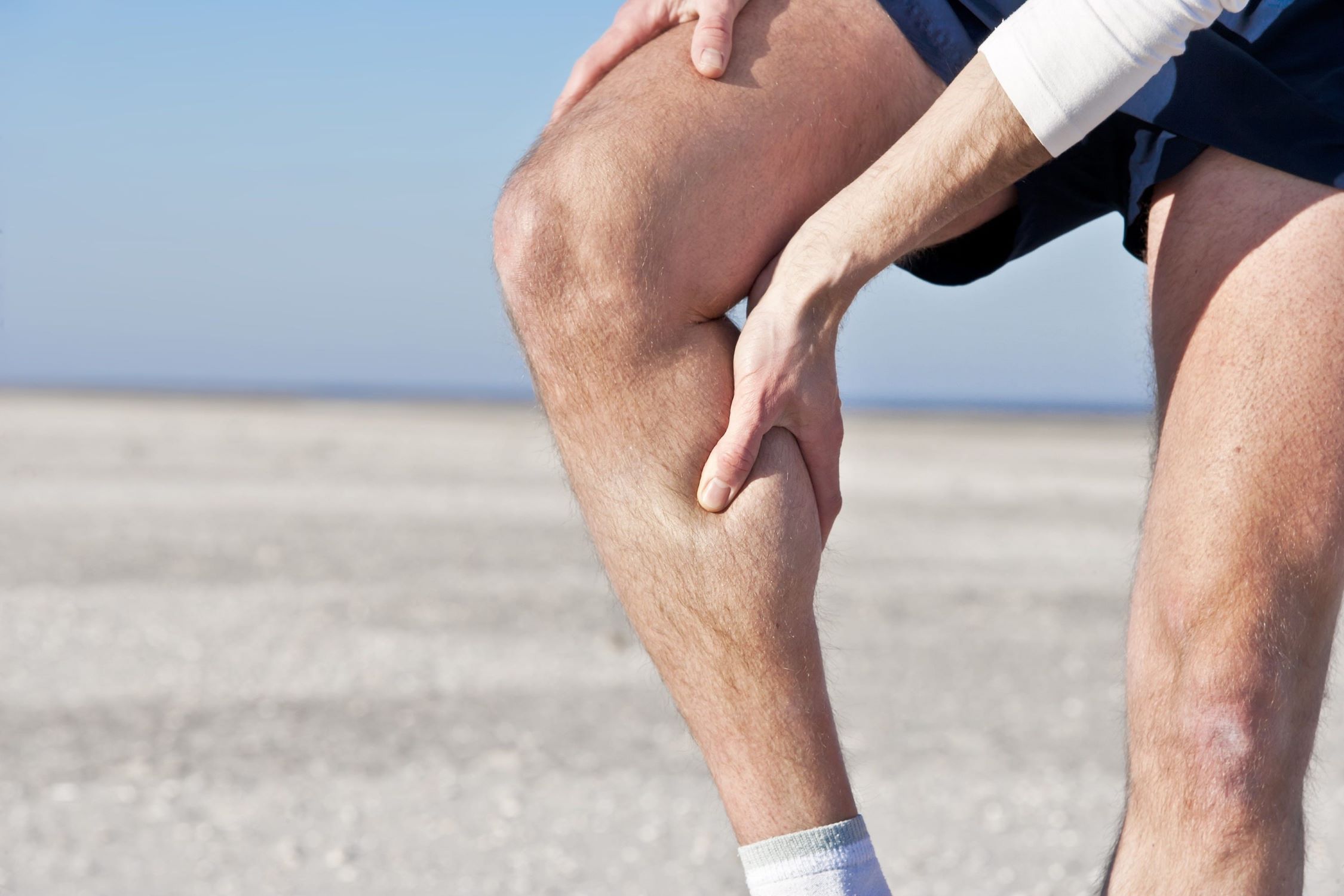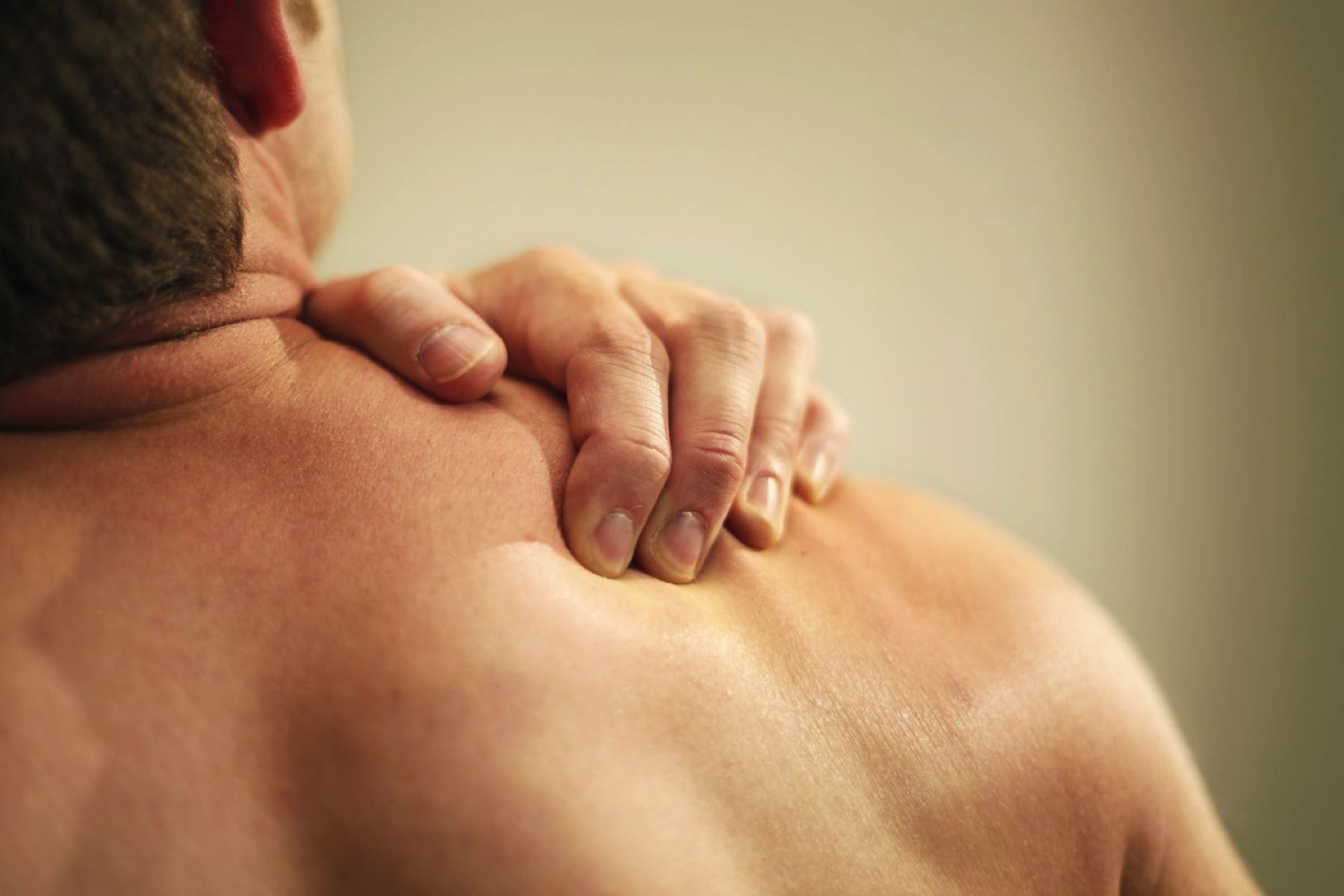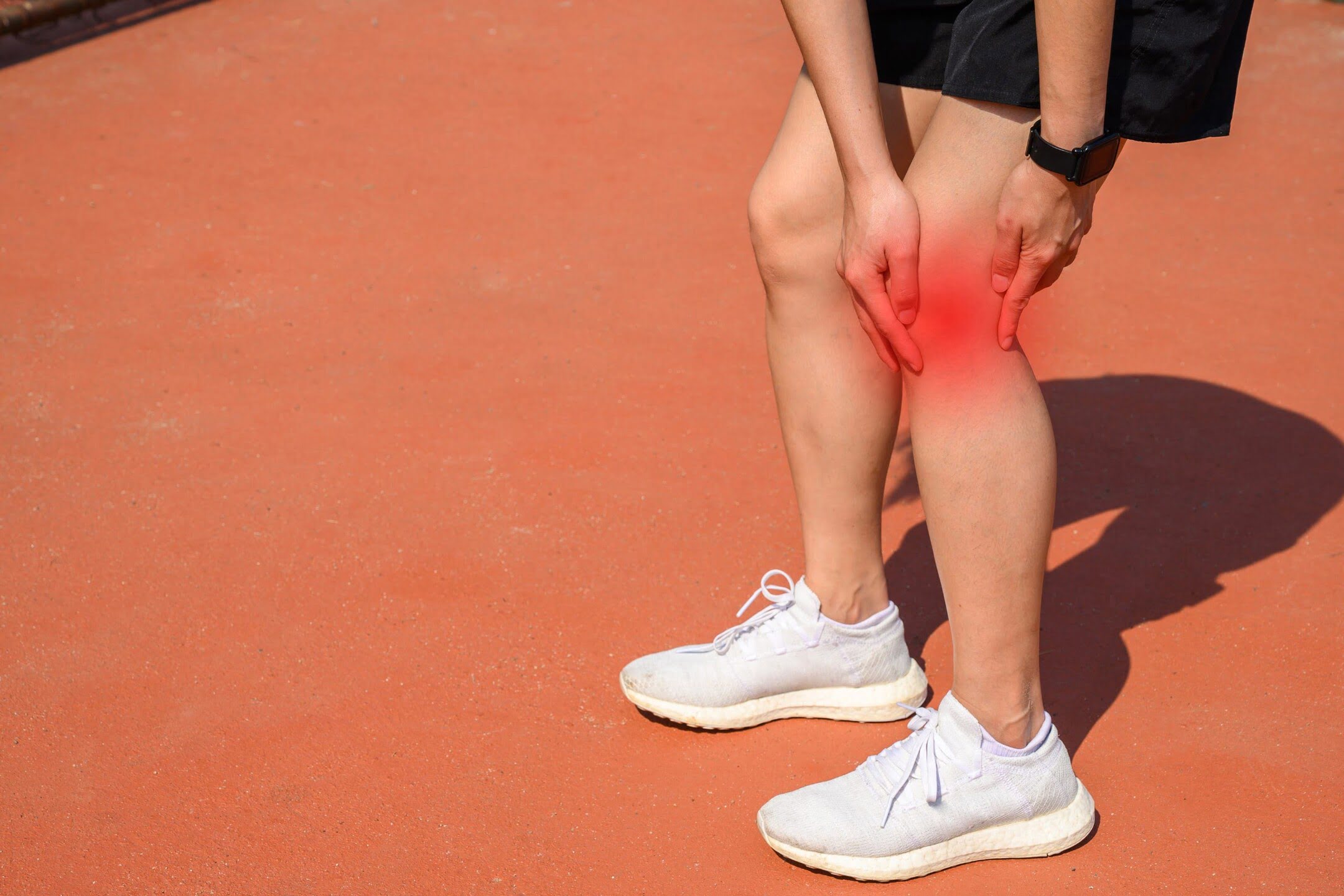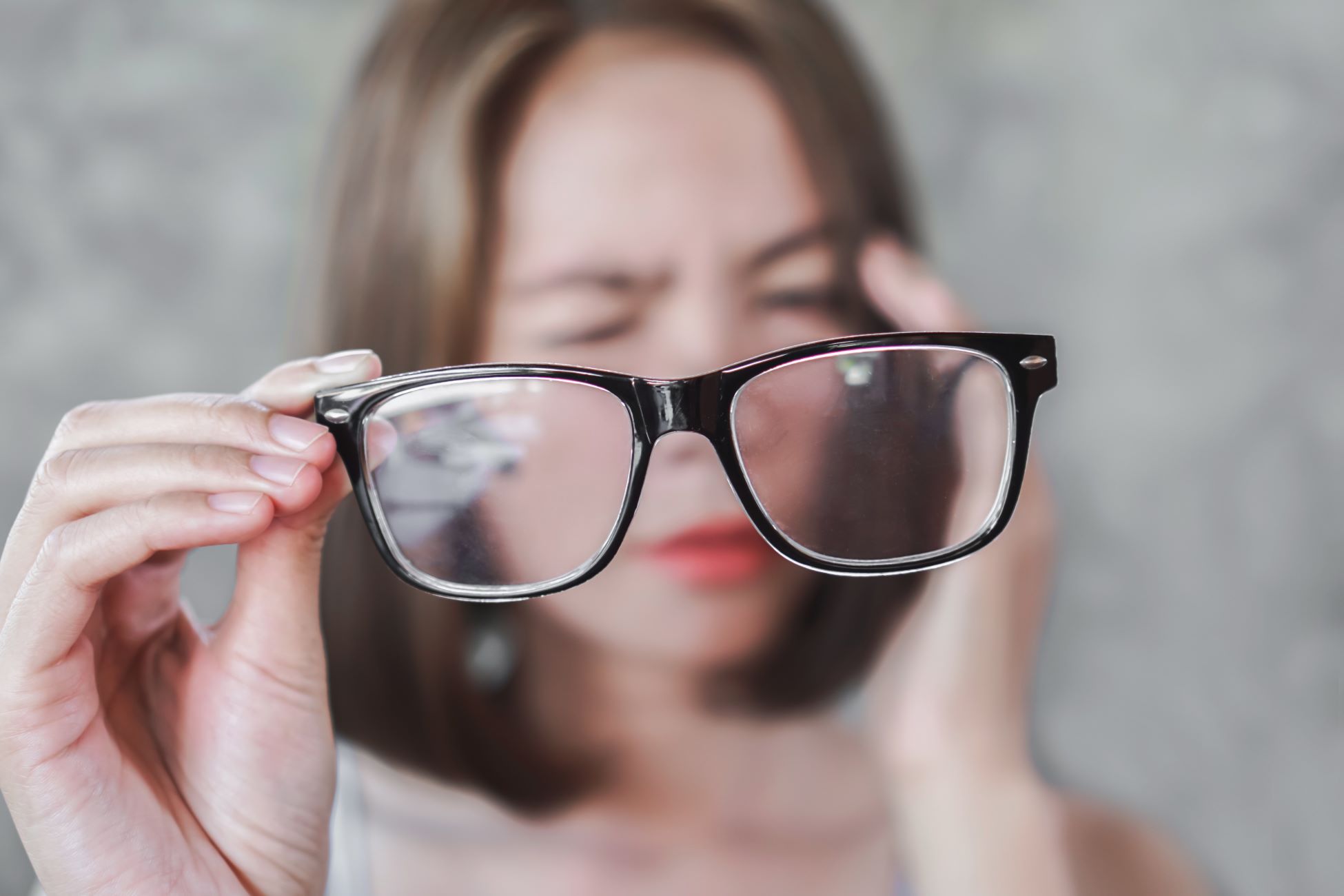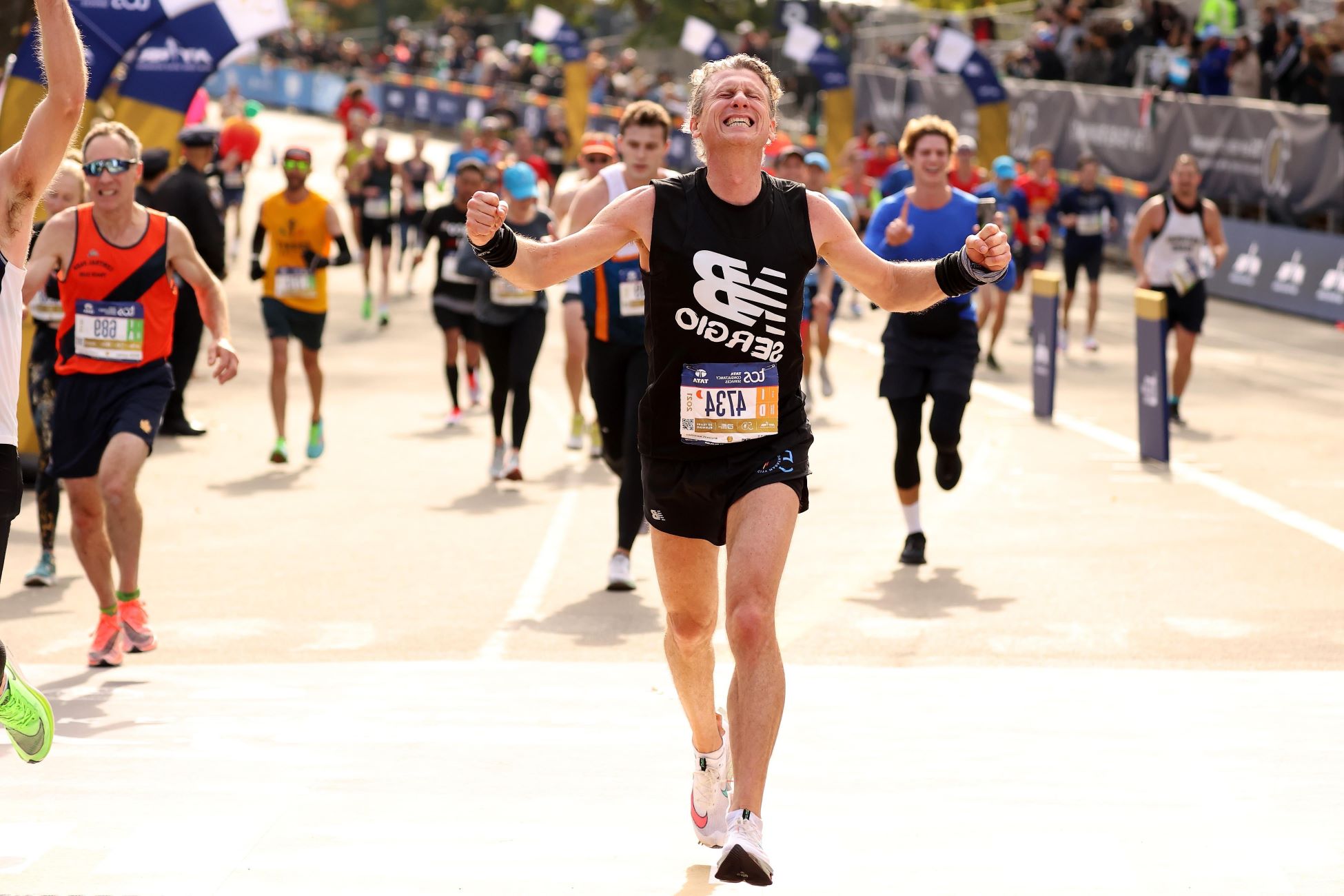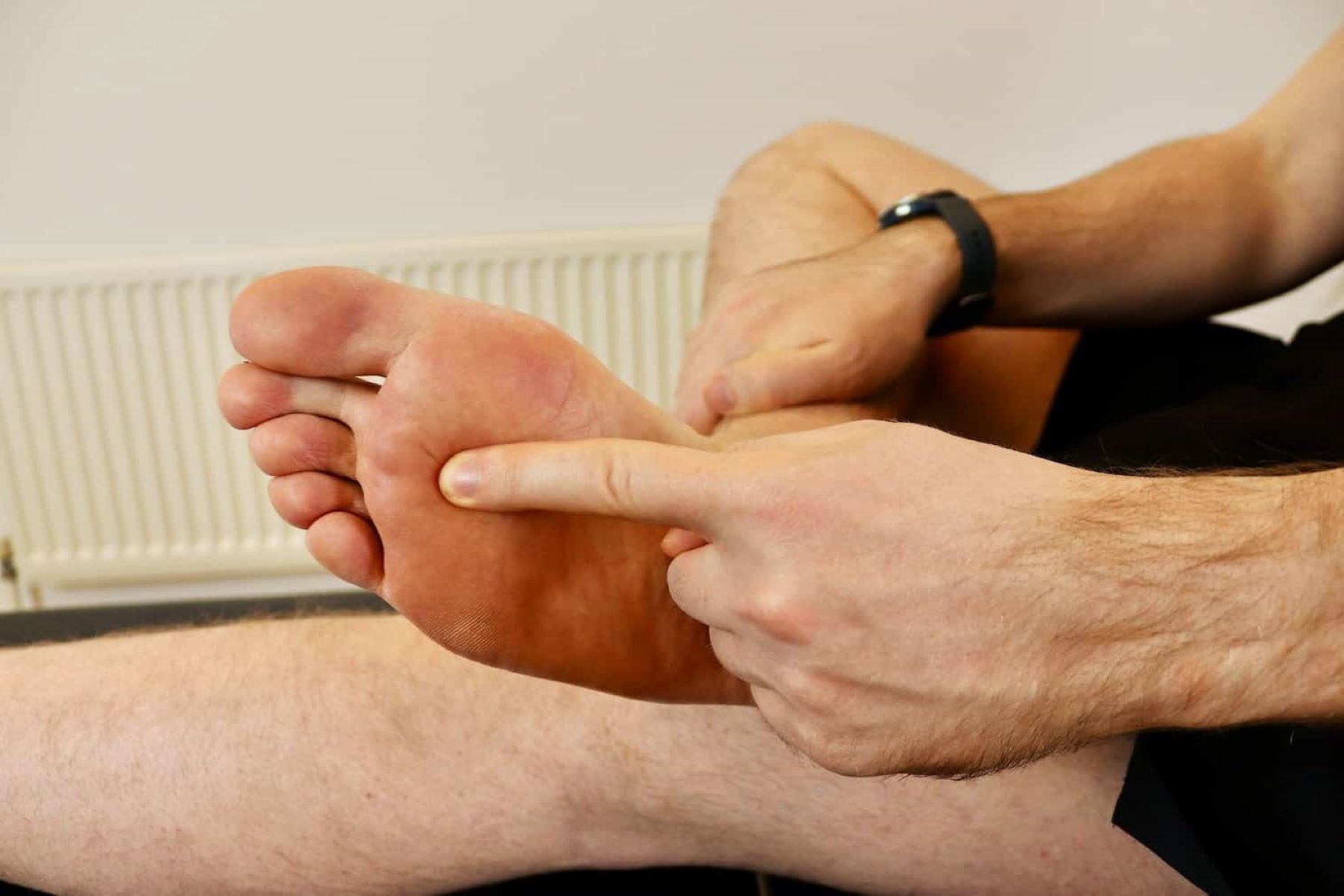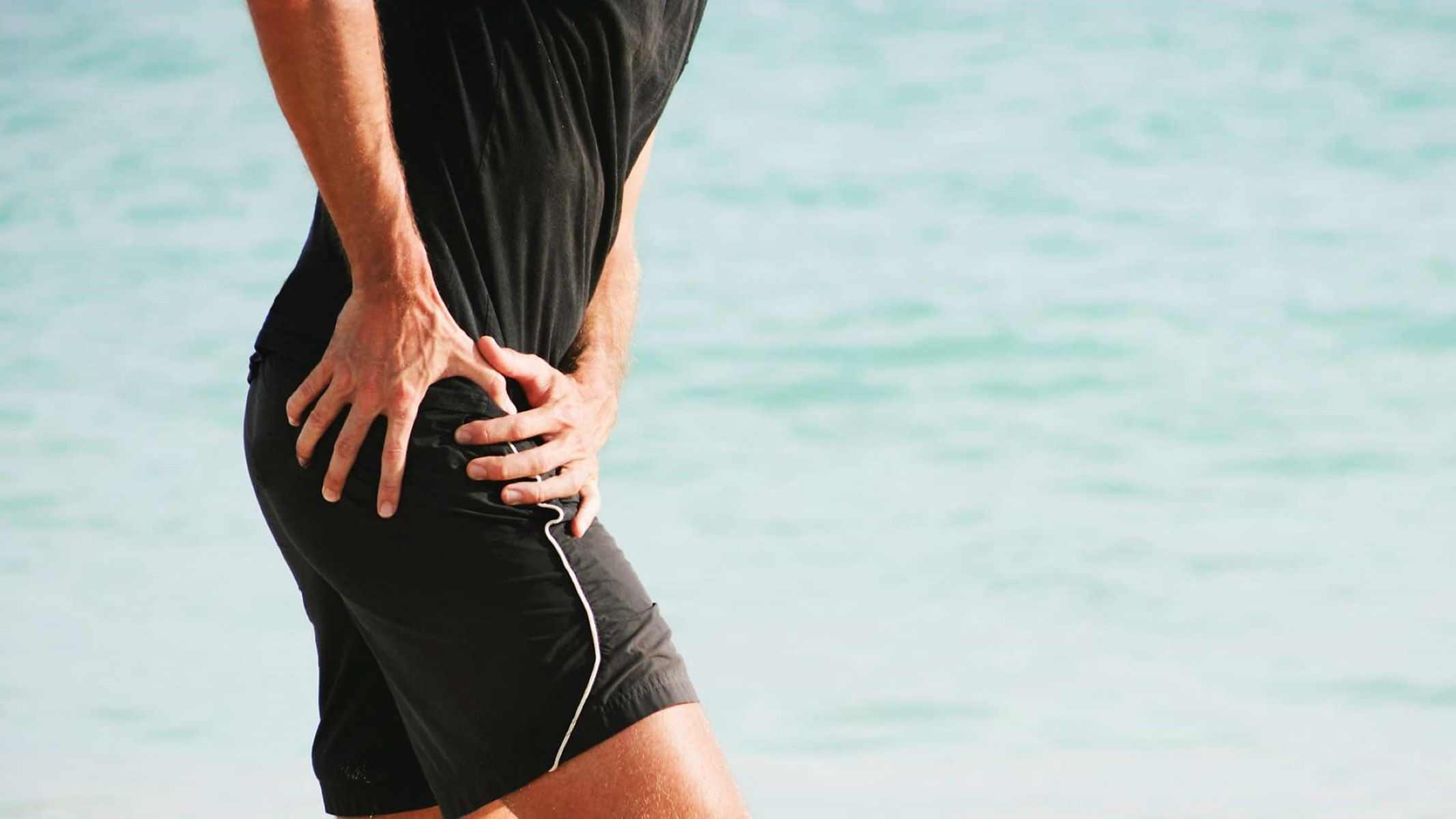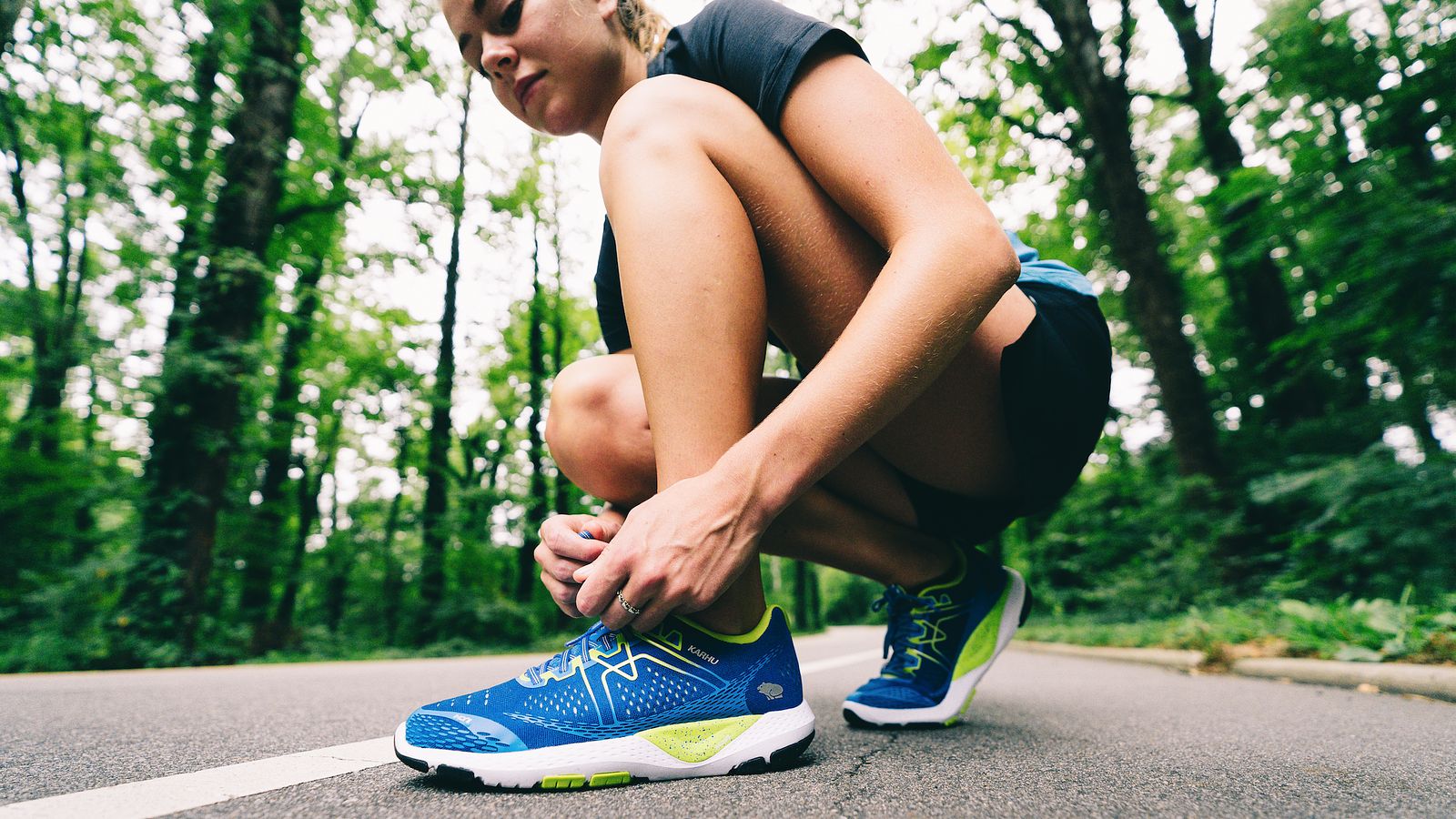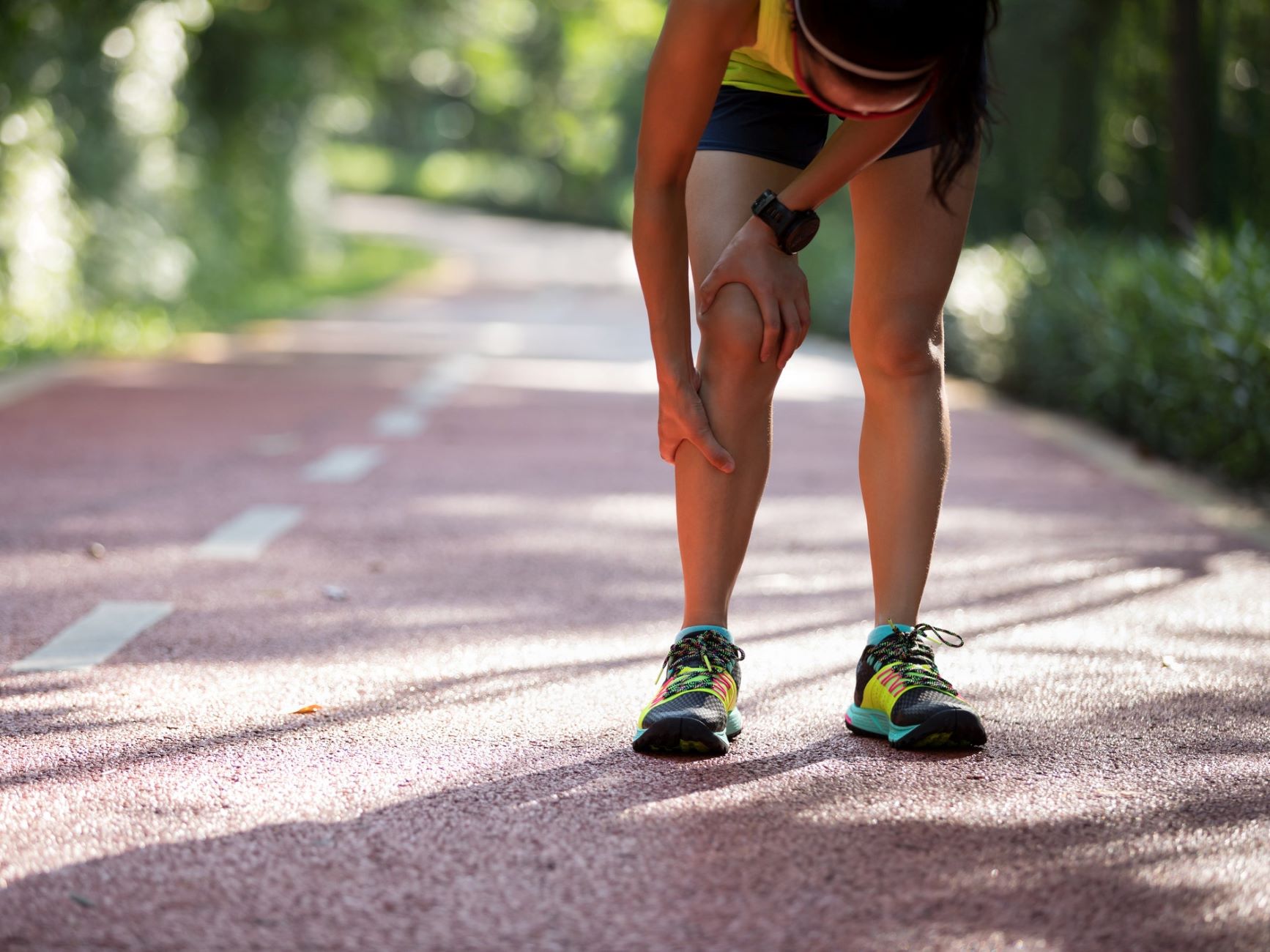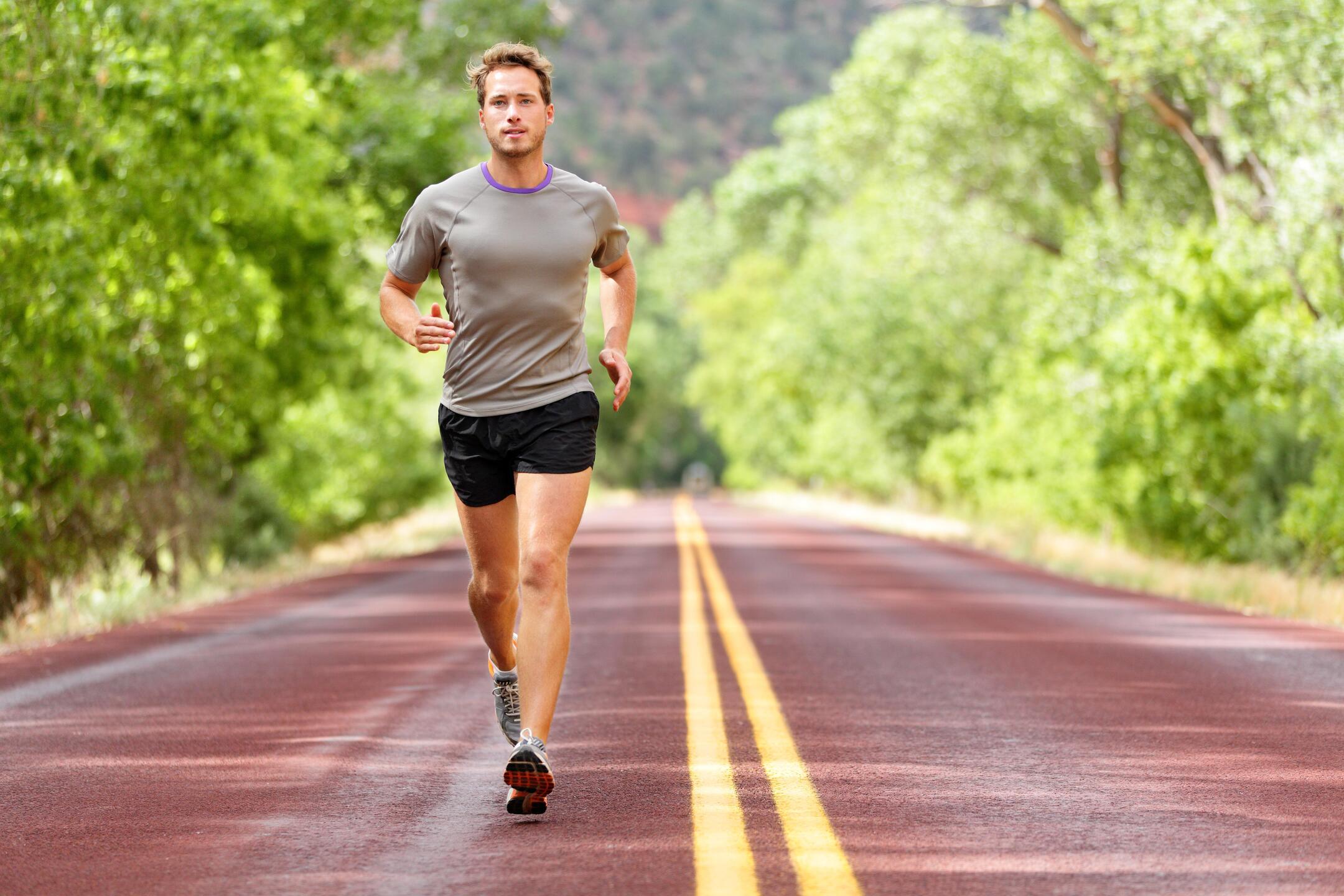Home>Health & Nutrition>Injury Prevention>Are Carbon Plate Running Shoes Responsible For Causing Injuries?
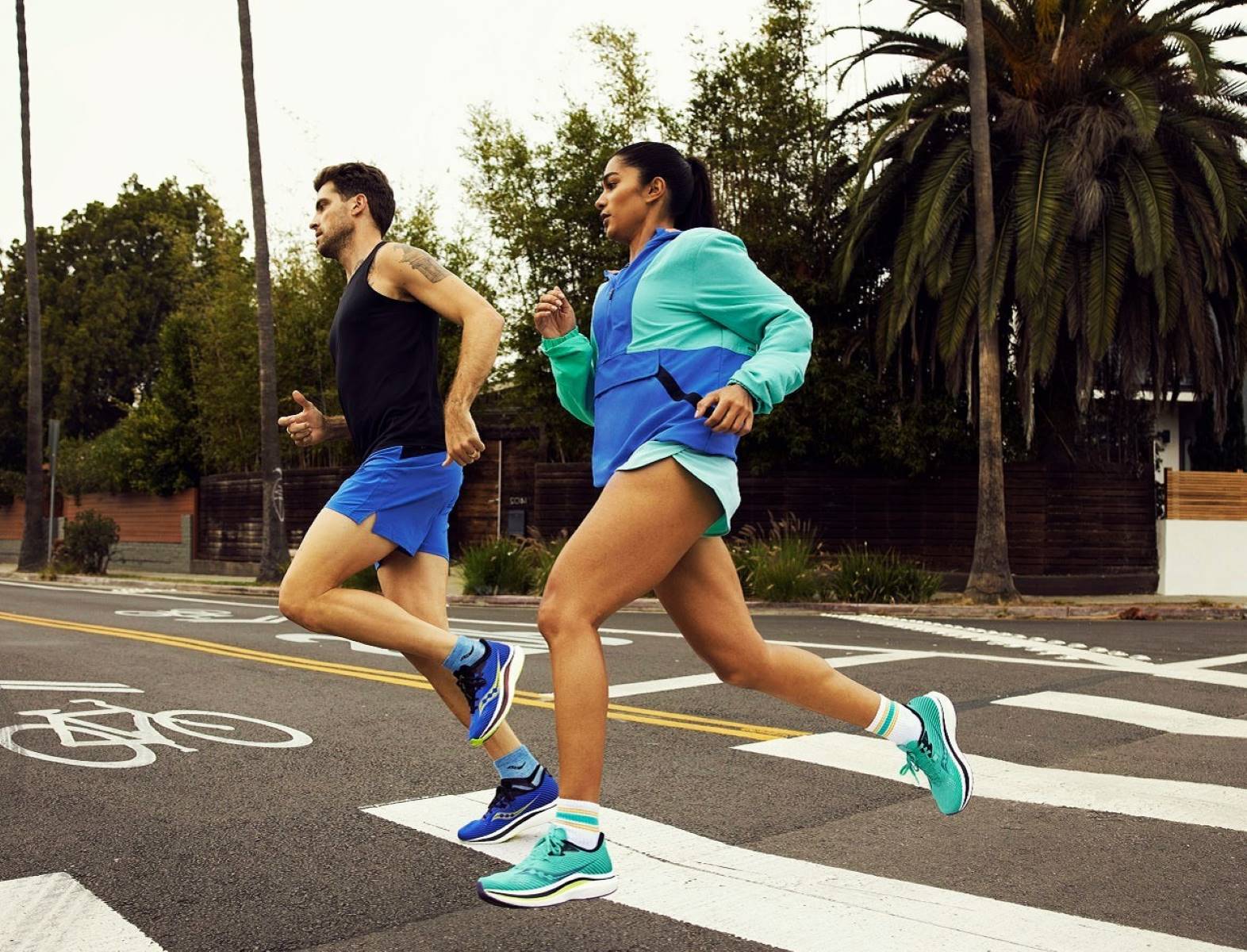

Injury Prevention
Are Carbon Plate Running Shoes Responsible For Causing Injuries?
Published: February 24, 2024
Discover the truth about carbon plate running shoes and their impact on injury prevention. Uncover the facts and make informed decisions for a safer running experience.
(Many of the links in this article redirect to a specific reviewed product. Your purchase of these products through affiliate links helps to generate commission for Therunningadvisor.com, at no extra cost. Learn more)
Table of Contents
Introduction
The emergence of carbon plate running shoes has sparked a fervent debate within the running community and the sports industry at large. These innovative shoes, featuring a carbon fiber plate embedded in the midsole, have garnered widespread attention for their potential to enhance running performance. However, amidst the excitement surrounding these cutting-edge footwear, concerns have been raised about their impact on injury rates among runners.
As athletes and enthusiasts seek to gain a competitive edge and improve their running efficiency, the allure of carbon plate running shoes is undeniable. The incorporation of advanced materials and engineering principles has led to claims of increased energy return, reduced fatigue, and enhanced propulsion. These shoes have been touted as a game-changer in the world of distance running, promising to revolutionize the way athletes approach their training and competition.
Despite the allure of improved performance, a growing body of evidence suggests that the utilization of carbon plate running shoes may not be without its drawbacks. Questions have been raised about the potential implications of these shoes on running biomechanics and the risk of sustaining injuries. As runners eagerly embrace this technological advancement, concerns linger about the long-term effects on their musculoskeletal health and overall well-being.
In light of these considerations, it becomes imperative to delve into the science behind carbon plate running shoes, exploring their potential impact on running biomechanics and the findings from studies examining injury rates among users. By gaining a comprehensive understanding of the implications associated with these innovative shoes, runners and sports enthusiasts can make informed decisions regarding their footwear choices and training regimens.
The following sections will delve into the scientific underpinnings of carbon plate running shoes, examine their potential impact on running biomechanics, and analyze the findings from studies investigating injury rates. Additionally, expert opinions and recommendations will be presented to provide valuable insights for individuals navigating the complex landscape of athletic footwear and injury prevention.
Read more: 4 Common Causes Of Knee Pain After Running
The Science Behind Carbon Plate Running Shoes
The development of carbon plate running shoes represents a significant advancement in athletic footwear technology, aiming to optimize running performance through innovative design and materials. At the heart of these shoes lies the incorporation of a carbon fiber plate within the midsole, a feature engineered to enhance energy transfer and propulsion during each stride.
The carbon fiber plate serves as a pivotal component, contributing to the shoes' unique biomechanical properties. By leveraging the inherent stiffness and responsiveness of carbon fiber, these shoes aim to minimize energy loss during the propulsion phase of running, thereby potentially improving running economy and overall performance. This is achieved through the strategic placement of the carbon plate, which is designed to provide a spring-like effect, facilitating a more efficient transfer of energy from the foot to the ground.
Furthermore, the midsole cushioning in carbon plate running shoes is often engineered to complement the properties of the carbon plate, creating a harmonious interplay between responsiveness and impact absorption. This synergy aims to optimize the energy return while mitigating the potential for excessive strain on the runner's lower extremities.
In addition to the mechanical aspects, the design of carbon plate running shoes also encompasses considerations related to weight distribution, stability, and overall comfort. The integration of advanced materials and manufacturing techniques allows for the creation of lightweight yet durable footwear, catering to the demands of competitive athletes and recreational runners alike.
The science behind carbon plate running shoes extends beyond the physical components, encompassing the principles of biomechanics and material science. Through meticulous engineering and testing, manufacturers seek to strike a delicate balance between maximizing performance benefits and minimizing potential drawbacks, such as increased stress on certain muscle groups or altered running mechanics.
As runners lace up these technologically advanced shoes, they become partakers in a symbiotic relationship between human physiology and cutting-edge footwear design. The intricate interplay between the runner's biomechanics and the mechanical properties of carbon plate running shoes underscores the complexity of optimizing athletic performance while safeguarding against potential injury risks.
In the pursuit of unlocking the full potential of carbon plate running shoes, ongoing research and development continue to refine the scientific underpinnings of these innovative footwear. By delving into the intricate details of material properties, biomechanical interactions, and performance optimization, the science behind carbon plate running shoes remains a dynamic and evolving frontier, shaping the landscape of modern distance running.
This section provides a glimpse into the multifaceted scientific foundations that underpin the design and functionality of carbon plate running shoes, setting the stage for a deeper exploration of their potential impact on running biomechanics and injury prevention.
Potential Impact on Running Biomechanics
The introduction of carbon plate running shoes has sparked intense discussions regarding their potential influence on running biomechanics. These shoes, characterized by their incorporation of a carbon fiber plate within the midsole, have raised questions about how they may alter the mechanics of running gait and impact the musculoskeletal dynamics of the lower extremities.
One of the key focal points in assessing the potential impact of carbon plate running shoes on running biomechanics revolves around the concept of energy return and propulsion. The stiffness and responsiveness of the carbon fiber plate are engineered to facilitate a more efficient transfer of energy during the propulsion phase of running. This can potentially lead to alterations in the runner's gait pattern, as the enhanced energy return may influence stride length, cadence, and ground contact time.
Moreover, the incorporation of a carbon plate may affect the distribution of forces experienced by the lower extremities during each foot strike. The potential for increased stiffness and propulsion provided by the carbon plate could lead to alterations in the loading patterns experienced by the muscles, tendons, and joints of the foot, ankle, and lower leg. This, in turn, may impact the overall biomechanical stress placed on these anatomical structures, potentially influencing injury risk and long-term musculoskeletal health.
Furthermore, the interplay between the carbon plate and the midsole cushioning in these shoes may introduce changes in the overall shock attenuation and energy absorption characteristics during running. The balance between responsiveness and impact absorption, while aiming to optimize energy return, may also introduce variations in the damping properties experienced by the runner, potentially influencing the transmission of forces through the lower extremities.
As runners transition to carbon plate running shoes, the potential alterations in running biomechanics necessitate a comprehensive understanding of how these shoes may influence the intricate interplay between muscle activation, joint kinematics, and overall movement patterns. The quest for enhanced performance must be balanced with a keen awareness of the potential implications on running biomechanics and the associated injury risks.
In navigating the evolving landscape of athletic footwear, it becomes imperative to consider the potential impact of carbon plate running shoes on running biomechanics, recognizing the need for ongoing research and empirical evidence to elucidate the intricate interplay between footwear design and human movement. This critical examination of the potential biomechanical implications sets the stage for a deeper exploration of the findings from studies investigating injury rates among users of carbon plate running shoes.
Studies on Injury Rates in Carbon Plate Running Shoes
The surge in popularity of carbon plate running shoes has prompted a surge in research aimed at evaluating their impact on injury rates among runners. As athletes and enthusiasts eagerly embrace these innovative footwear, the need to comprehensively assess the potential implications on musculoskeletal health and injury risk becomes increasingly paramount.
Numerous studies have sought to investigate the relationship between carbon plate running shoes and injury rates, aiming to provide valuable insights into the safety and long-term effects of these technologically advanced footwear. These studies have employed diverse methodologies, including longitudinal cohort analyses, biomechanical assessments, and retrospective injury surveys, to elucidate the complex interplay between footwear design, running biomechanics, and injury occurrence.
The findings from these studies have yielded a spectrum of insights, shedding light on the multifaceted relationship between carbon plate running shoes and injury rates. Some studies have reported anecdotal evidence of reduced fatigue and improved running economy among users of carbon plate shoes, suggesting potential performance benefits. However, amidst these positive outcomes, concerns have been raised regarding the potential for increased injury risk associated with the utilization of these shoes.
Biomechanical analyses have revealed alterations in running gait patterns and muscle activation profiles among individuals wearing carbon plate running shoes, hinting at the potential for biomechanical adaptations that may influence injury susceptibility. Furthermore, retrospective surveys have documented varying injury rates among runners using carbon plate shoes, with certain cohorts reporting heightened incidences of foot, ankle, or calf-related injuries.
The complexities surrounding injury rates in carbon plate running shoes underscore the need for nuanced and comprehensive investigations, considering factors such as individual biomechanical variability, training regimens, and running surfaces. As researchers continue to delve into this domain, the quest for empirical evidence and actionable insights remains a focal point, aiming to guide athletes, coaches, and healthcare professionals in making informed decisions regarding footwear choices and injury prevention strategies.
The evolving landscape of research on injury rates in carbon plate running shoes serves as a testament to the dynamic interplay between technological innovation, human physiology, and injury prevention. By synthesizing the findings from these studies, the running community can gain a deeper understanding of the potential implications of carbon plate shoes on musculoskeletal health, paving the way for informed discussions and evidence-based recommendations in the realm of athletic footwear.
This section provides a glimpse into the ongoing research efforts aimed at unraveling the intricate relationship between carbon plate running shoes and injury rates, emphasizing the need for continued exploration and empirical validation to inform the broader discourse on injury prevention and athletic performance.
Expert Opinions and Recommendations
In the realm of athletic footwear and injury prevention, the insights and recommendations provided by experts play a pivotal role in guiding athletes, coaches, and healthcare professionals. As the discourse surrounding carbon plate running shoes continues to unfold, the perspectives of leading authorities in sports medicine, biomechanics, and athletic training offer valuable guidance for individuals navigating the complexities of footwear choices and injury risk management.
Experts in the field of sports medicine emphasize the importance of a holistic approach to evaluating the potential impact of carbon plate running shoes on injury rates. They underscore the need for comprehensive biomechanical assessments and individualized evaluations to discern the nuanced interactions between footwear design, running biomechanics, and musculoskeletal health. By leveraging advanced gait analysis techniques and biomechanical modeling, experts aim to elucidate the intricate interplay between carbon plate shoes and the biomechanical stress experienced by runners, providing valuable insights for injury prevention strategies.
Biomechanics specialists offer nuanced perspectives on the potential implications of carbon plate running shoes on running gait and lower extremity mechanics. Their recommendations center on the need for empirical research to discern the biomechanical adaptations induced by these shoes, emphasizing the importance of longitudinal studies and controlled biomechanical experiments. By unraveling the intricate changes in muscle activation, joint kinematics, and force transmission, experts seek to provide evidence-based recommendations for optimizing running performance while mitigating injury risks associated with carbon plate footwear.
Athletic trainers and coaches bring a practical lens to the discourse, offering recommendations for integrating carbon plate running shoes into training regimens while prioritizing injury prevention. Their insights revolve around the gradual acclimatization to these shoes, emphasizing the need for a structured transition period to allow for biomechanical adaptations and muscle conditioning. Additionally, experts in athletic training advocate for a comprehensive approach to injury prevention, encompassing strength training, flexibility exercises, and gait retraining to complement the utilization of carbon plate running shoes.
In light of the diverse perspectives and recommendations provided by experts, the running community is presented with a wealth of insights to inform their decisions regarding carbon plate running shoes. The synthesis of expert opinions underscores the need for a balanced approach, integrating performance optimization with injury prevention strategies. As the discourse continues to evolve, the guidance offered by experts serves as a compass for individuals seeking to harness the potential benefits of carbon plate footwear while safeguarding their musculoskeletal well-being.
This section provides a glimpse into the multifaceted landscape of expert opinions and recommendations, offering a tapestry of insights to guide individuals in navigating the complexities of athletic footwear and injury prevention.
Conclusion
The advent of carbon plate running shoes has ushered in a new era of innovation and performance enhancement in the realm of athletic footwear. These technologically advanced shoes, characterized by the incorporation of a carbon fiber plate within the midsole, have captivated the running community with promises of improved energy return, enhanced propulsion, and heightened running efficiency. However, amidst the allure of these cutting-edge shoes, concerns have emerged regarding their potential impact on running biomechanics and the risk of sustaining injuries.
Delving into the science behind carbon plate running shoes unveils a tapestry of meticulous engineering, biomechanical optimization, and material science. The strategic integration of a carbon fiber plate aims to optimize energy transfer and running economy, offering a glimpse into the intricate interplay between human physiology and footwear design. As runners embrace these shoes, the potential implications on running biomechanics come to the forefront, prompting a critical examination of how these shoes may influence muscle activation, joint kinematics, and overall movement patterns.
The landscape of research on injury rates in carbon plate running shoes provides a nuanced perspective on the multifaceted relationship between footwear design and musculoskeletal health. While certain studies have hinted at potential performance benefits, concerns have been raised regarding the potential for increased injury risk associated with the utilization of these shoes. The complexities surrounding injury rates underscore the need for ongoing research and empirical evidence to guide athletes, coaches, and healthcare professionals in making informed decisions regarding footwear choices and injury prevention strategies.
Expert opinions and recommendations from leading authorities in sports medicine, biomechanics, and athletic training offer valuable guidance for individuals navigating the complexities of carbon plate running shoes. Their insights underscore the importance of comprehensive biomechanical assessments, empirical research, and a balanced approach to integrating these shoes into training regimens while prioritizing injury prevention.
In conclusion, the discourse surrounding carbon plate running shoes encapsulates a dynamic interplay between technological innovation, human physiology, and injury prevention. As athletes and enthusiasts seek to harness the potential benefits of these shoes, a holistic understanding of their biomechanical implications and injury risks becomes paramount. By synthesizing the insights from scientific research and expert recommendations, individuals can navigate the landscape of athletic footwear with a keen awareness of optimizing performance while safeguarding musculoskeletal well-being. The journey of innovation and injury prevention in the realm of carbon plate running shoes continues to unfold, shaping the future of distance running and athletic footwear.



